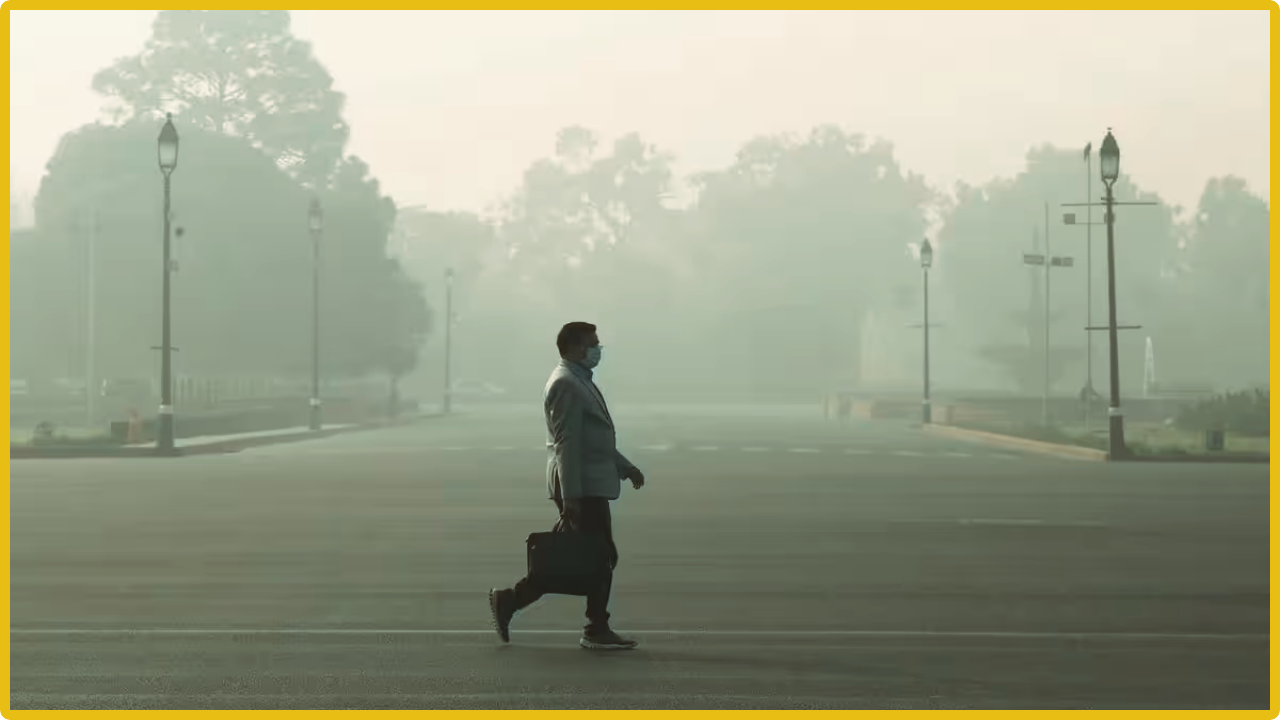Air quality in the National Capital continued to cause alarm as it remained in the ‘poor’ category on Thursday, with the overall Air Quality Index (AQI) recorded at 276, according to SAFAR-India (System of Air Quality and Weather Forecasting and Research). This comes after Wednesday’s AQI, as per the Central Pollution Control Board (CPCB), was also in the ‘poor’ category at 286.
However, some specific areas in Delhi reported even higher pollution levels, entering the ‘very poor’ category. The CPCB data revealed that the AQI at Anand Vihar stood at 348, in the ITO at 313, and in the Ashok Vihar area at 323 on Thursday at 8:00 a.m. Concerns are growing among residents, with one cyclist, Dev, expressing, “The pollution level seems to be high now. Breathing gets difficult, visibility gets impacted, and there is also a headache sometimes.”
Earlier this week, there was a brief improvement in the overall AQI across Delhi, transitioning from ‘very poor’ on Tuesday to ‘poor’ on Wednesday morning. However, the situation remains critical, especially in certain pockets of the city.
The India Meteorological Department (IMD) forecasts no rainfall in the National Capital until December 11, with clear skies and shallow to moderate fog expected in the morning. This lack of precipitation adds to the challenges faced by Delhi, which has been grappling with air quality ranging from ‘severe’ to ‘very poor’ over the past few weeks.
Delhi Environment Minister Gopal Rai acknowledged the recent improvements due to weather changes, mentioning that Graded Response Action Plan (Grap-3) restrictions have been lifted. However, he emphasized the need for strict implementation of Grap-1 and Grap-2 to address potential fluctuations in AQI. “If the wind speed slows down, AQI may increase again, hence GRAP-1 and GRAP-2 should be strictly implemented,” Rai stated.
The air quality index categorizes scores from 0 to 100 as ‘good,’ 100 to 200 as ‘moderate,’ 200 to 300 as ‘poor,’ 300 to 400 as ‘very poor,’ and 400 to 500 or above as ‘severe.’ As Delhi grapples with persistent air quality challenges, residents and authorities are urged to remain vigilant and take necessary precautions to mitigate the impact of deteriorating air quality.























